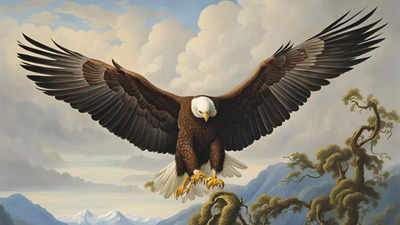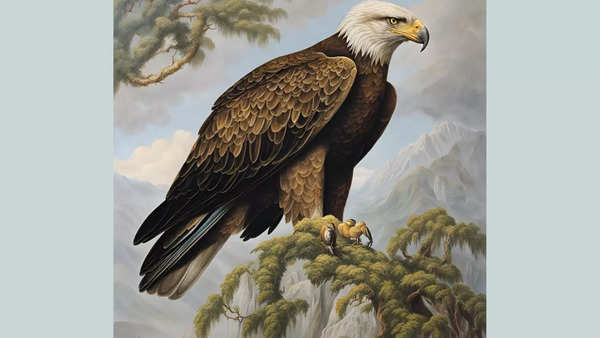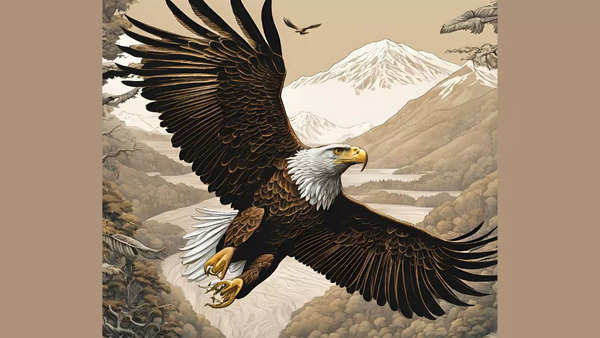
 Haste Eagle, generative image (Canva)
Haste Eagle, generative image (Canva)
One of the most fascinating creatures in the world of bird predators was the Haast’s eagle. This enormous bird of prey has been extinct for about 500 years and was undoubtedly the biggest eagle to have ever lived. For a while, Haast’s eagleor Harpagornis moorei, ruled the skies above New Zealand, capturing large prey with its enormous strength and agility. Its large size and killing prowess have captured the attention of scientists and bird watchers as they pieced together its story as a magnificent predator that existed in the past.
The Haast’s eagle was notable not only for its size, but also for its role in the ecosystem and its interactions with the species around it. As the apex predator of its habitat, it had a significant impact on the environment and its prey. By understanding the dynamics of life and the resulting extinction of the Haast’s Eagle, we can understand the dynamics of complex ecosystems and how the destruction of one species of life can have a huge impact on an ecosystem.

Haste Eagle, generative image (Canva)
Huge size
Haast’s eagle was quite a giant among birds of prey. The wingspan could extend up to 3 meters and the body weight was up to 15 kilograms. Every eagle species living in the present is smaller. The females were much larger than the males, which is common in birds of prey. Its sharp claws and strong beak were adapted to capture prey as large as itself, making it the apex predator on the landscape of prehistoric New Zealand.
Top predator
The bird was the largest in its area; hence he hunted the flightless birds called moas, which could weigh up to 250 kilograms. A stealth ambush was used in which the bird preyed on its opponent with such enormous weight and sharp long claws that it would suffocate with force. Such predator-prey interactions have played a vital role in New Zealand’s delicate ecological balance.
Extinction factors
Haast’s eagle became extinct sometime around 1400 AD when Polynesian settlers arrived in New Zealand. These settlers hunted the moa to extinction and took away the Haast’s eagle’s main food source. Further damage was caused to this beautiful bird by habitat destruction and changes due to human activity. The disappearance of both moa and Haast’s eagle sent a ripple through the rest of the system, providing an example of how the species of one habitat are indeed linked.

Haste Eagle, generative image (Canva)
Knowledge of the Haast’s eagle is largely based on fossil remains found at various locations in New Zealand. This includes bones and claws and has provided the opportunity for significant analyzes of the eagle’s anatomy, behavior and even ecology. Advanced imaging and analytical techniques allow scientists to recreate its physical appearance and also infer its hunting strategies by imagining this ancient predator coming to life in scientific minds.
Cultural importance
This is one of the most culturally significant birds featured in New Zealand’s history and mythology of its indigenous Māori people. It was known as “Pouakai” or “Te Hokioi” in Māori folklore. It was a horrible creature that could devour people. These stories are passed down from generation to generation to reflect the reverence that Māori have for Haast’s eagle, preserving its legacy even after it has become extinct.